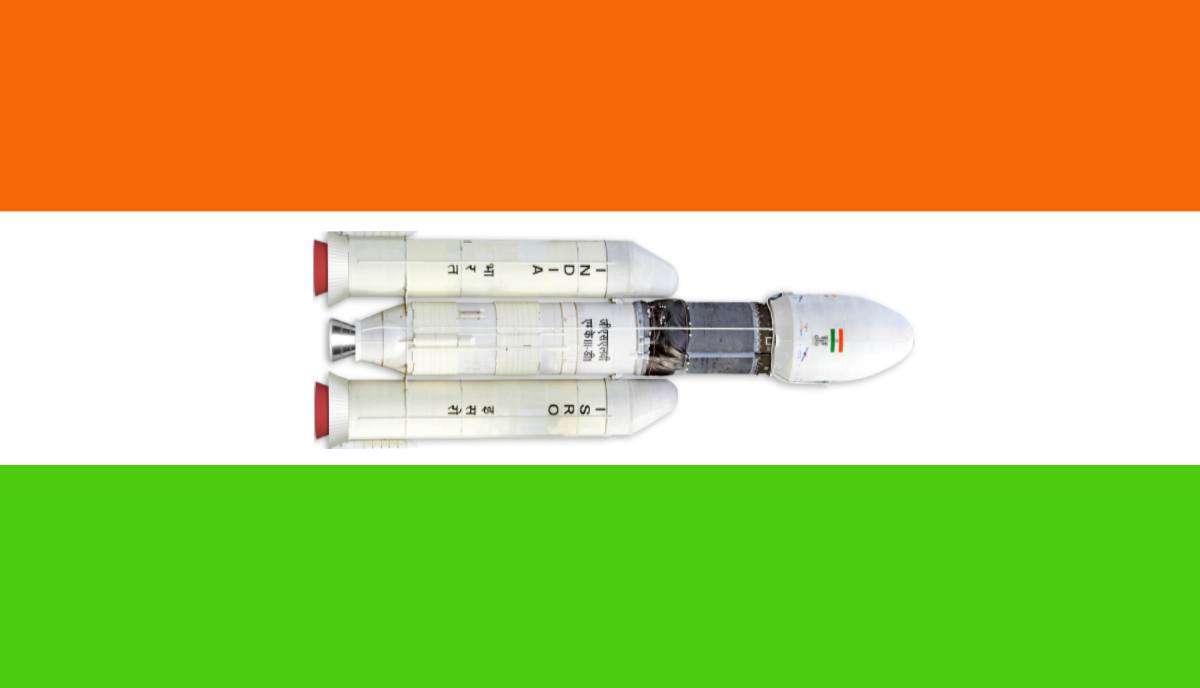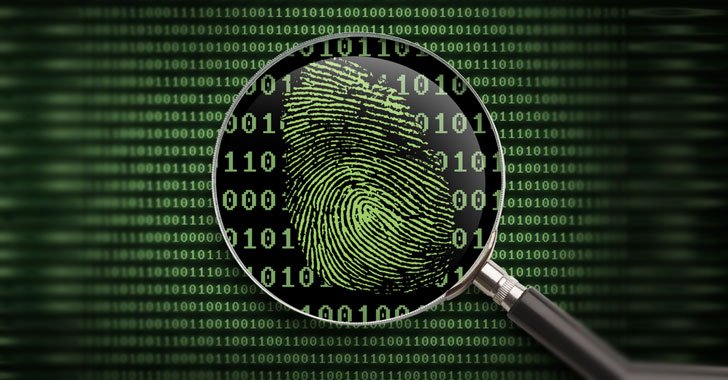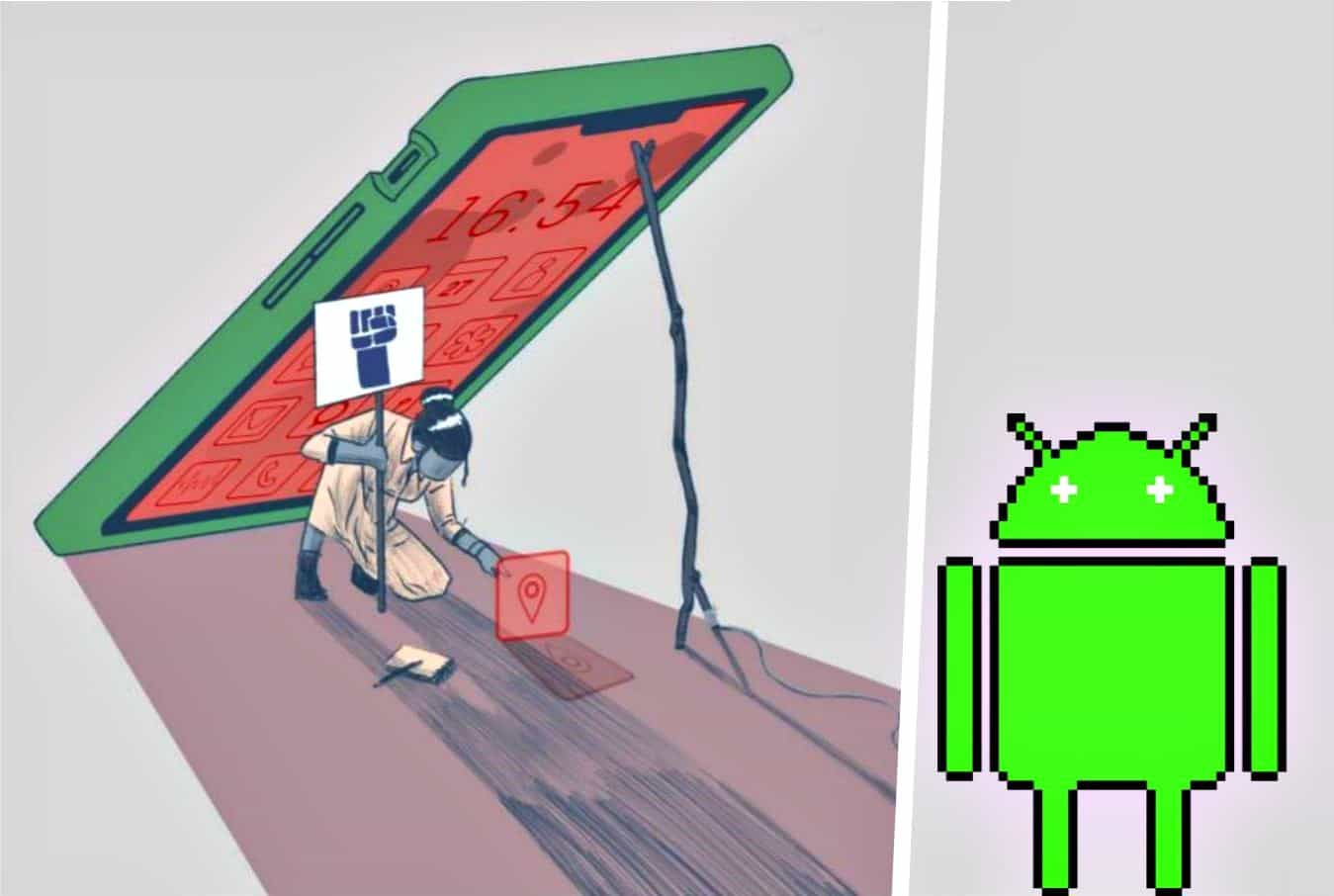Bahubali Rocket and Chandrayaan 2 are going to explore the Dark Side (south pole) of the moon for India. India’s heaviest rocket to date, the Geosynchronous Satellite Launch Vehicle — Mark III (GSLV Mk III) will launch the 3.8-tonne and 6.8 crores Chandrayaan-2 towards the moon. Besides being one of the toughest challenges which the Indian Space Research Organisation (ISRO) has taken, it is also one of the most rewarding.
India is going to execute the first space mission which involves a soft landing on the dark side of the moon. Our country is also going to become the 4th in the entire world to have explored the south pole region of the moon. China recently navigated its spacecraft in the same region. The US and Russia have also been to the same region.
Bahubali Rocket and Chandrayaan 2 To Make History For India
The original nickname for the 640-tonne GSLV Mk III rocket is “Fatboy.” The big rocket is also named Bahubali because the local Tamil media has given it that name. Bahubali was a film based around a mythological Indian character with great strength and the GSLV Mk III rocket also has the same.
The Bahubali rocket will be the biggest rocket that India has ever tested. Thus, it will go through rigorous rehearsal before being launched into space. A Full Dress Rehearsal (FDR), a process in which the participants will stimulate the exact process of the space launch, is scheduled for July 12 on Friday.
The Chandrayaan-2 has three parts: an orbiter, a Lander named Vikram (inspired by space pioneer Vikram Sarabhai), and a rover named Pragyaan.
During the FDR, the links between the lander Vikram and the orbiter will be tested. Along with this, several other communication links will also be tested to ensure everything is prepared before the final launch of the Bahubali rocket and Chandrayaan 2 on July 14 at 6:51 AM Indian Standard Time.
GLSV Mk III and Chandrayaan 2 To Explore the Darkside of the Moon
The GSLV Mk III rocket will launch the Chandrayaan 2 into outer space. After that, the Chandryaan 2 will change its trajectory towards the moon. Once the Indian Spacecraft reaches near our moon, it will remain in orbit for 4 days.
After the said interval, the lander Vikram and orbiter will get separated and the Vikram will land on the moon’s surface from a height of 100 km from orbit. A soft landing is the process of slow landing a spacecraft to ensure no damage occurs during the process.
After that, the Rover Pragyraan will carry out a number of experiments on the moon. According to ISRO, the mission is to discover the origin of the moon. Rover will also carry out a passive experiment for US space agency NASA while it’s time on the moon.
Something caused a giant hole on the Moon billions of years ago, and astronomers believe there’s something big underneath the surface.
The Moon’s South Pole-Aitken basin hides a mass that is estimated to be 4.8 quintillion pounds, researchers say. https://t.co/A8MWd3NiXZ
— CNN (@CNN) June 11, 2019
Very recently, a heavy mass of around 4.8 quintillion pounds was found in the same region where India’s space mission is to be carried. Scientists suggest that something had caused a giant crater in the moon long ago. Here’s to hoping that India becomes the first country to find this history-making secret.
Do keep in tune with us as we will be covering the launch of the GSLV Mk III aka Bahubali rocket in detail on July 14 2019.










